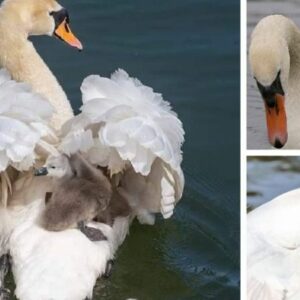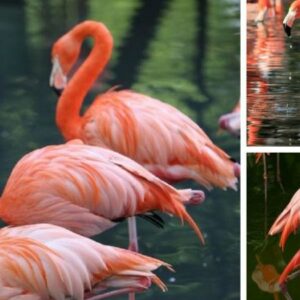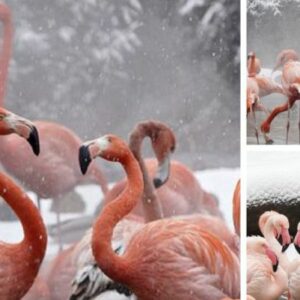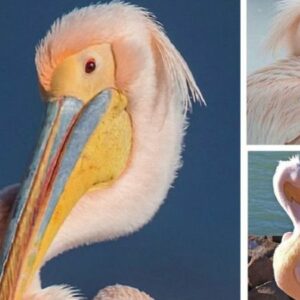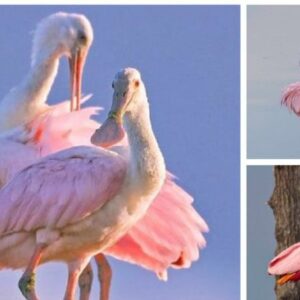The Indian Roller (Coracias benghalensis), known as “paala pitta” in Telugu, is a member of the roller family of birds. It is generally recognized to have three subspecies. The nominate form of this bird can be found from West Asia (including Iraq and Arabia) to the east, spanning across Pakistan, Sri Lanka, and within India north of the Vindhyas mountain ranges.
The subspecies “indicus” is mainly found in peninsular India and Sri Lanka.

The southern bird form has a darker reddish collar on the hind neck which is missing in the nominate form. The race “affinis” of northeastern India and Southeast Asia (Thailand, Myanmar, Indo-china). It is sometimes considered a full species, but within the Indian region, it is seen to intergrade with benghalensis.
The form “affinis” is darker, larger, and has a purplish-brown and un-streaked face and breast. Moreover, it has under-wing covers in a deeper shade of blue. The Indian roller is widely distributed across Asia and the islands of Lakshadweep and “The Maldive Islands” in Southeast Asia. The bird’s main habitat is cultivation, thin forest, and grᴀssland. They’re frequently seen perched on roadside electric wires. These birds are usually seen perched on prominent bare trees or wires.

They descend to the ground to capture their prey which may include insects, arachnids, little reptiles including “Calotes versicolor” & little snakes and amphibians. Therefore fires attract them and they’ll also follow tractors for disturbed invertebrates. In agricultural habitats in southern India, they have been seen at densities of about 50 birds per km2. They perch mainly on 3 to 10 meter high perches and feed mostly on ground insects.
Approximately 50% of their prey is beetles and twenty-five percent is made up of grᴀsshoppers and crickets. The Indian Roller feeding behavior in habitat usage is very similar to that of the black “drongo”. During summer, they may also feed late in the evening and make use of artificial lights and feed on insects attracted to them. A local Hindi name is Neel Kanth, meaning “blue throat”.

They’re attracted to swarms of winged termites and as many as 40 birds have been seen to perch on a 70-meter stretch of electric wires. Their habit of feeding near roadsides sometimes results in collisions with traffic. A decline in the numbers of these birds seen along roadsides in northern India has been noted.
This is an aerobatic display bird, with the twists and turns that give this species its English name. The breeding season starts from March to June, to some extent earlier in southern India. The bird displays when perched include bill-up displays, bowing, “allopreening”, wing drooping, and tail fanning.

The holes created by woodpeckers or wood-boring insects in palms are favored for nesting in a few areas. Moreover, nest cavities may also be made by tearing open rotten tree trunks or cavities in buildings. The cavity is typically unlined and is made up mostly of debris from the wood.

The normal clutch contains 3 to 5 eggs, which are normally white and broad oval or nearly spherical. Both males and females incubate the eggs for about 17 to 19 days. The young bird fledges and leaves the nest after nearly a month. Nearly 80% of the eggs hatch and fledge. The call of the Indian roller is a harsh crow-like “chack” sound. It also makes a variety of other sounds, including metallic “boink” calls.

It is particularly vociferous during the breeding season and the bird bathes in open water by plunge-diving into it, a behavior often interpreted as fishing. But it may sporadically attempt fishing from water. Moreover adding its chopped feathers to grᴀss and feeding them to cows was supposed to increase their milk yield. The Indian roller has been selected as the state bird by the Indian states of Bihar, Andhra Pradesh, Telangana, Karnataka, and Odisha.


